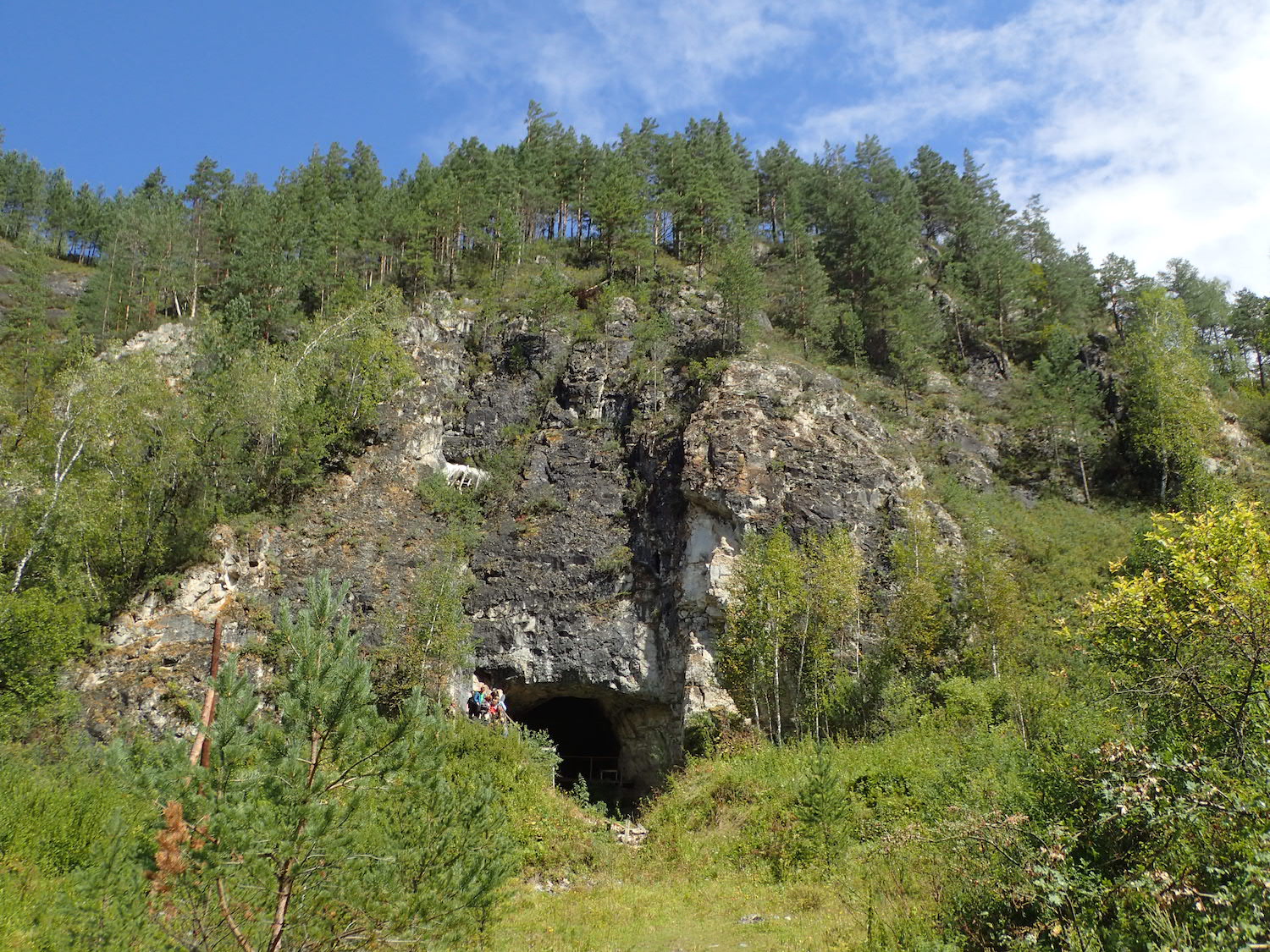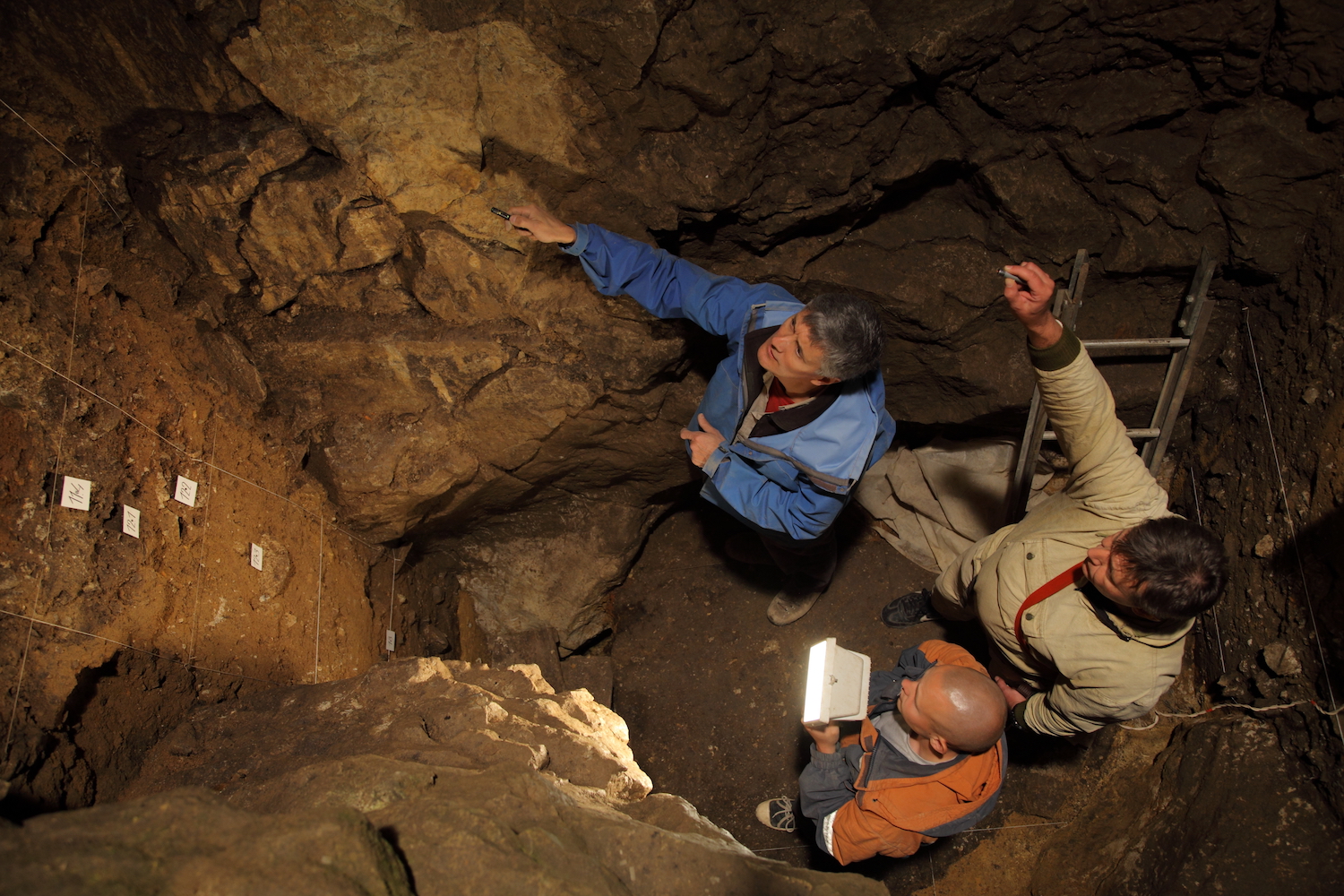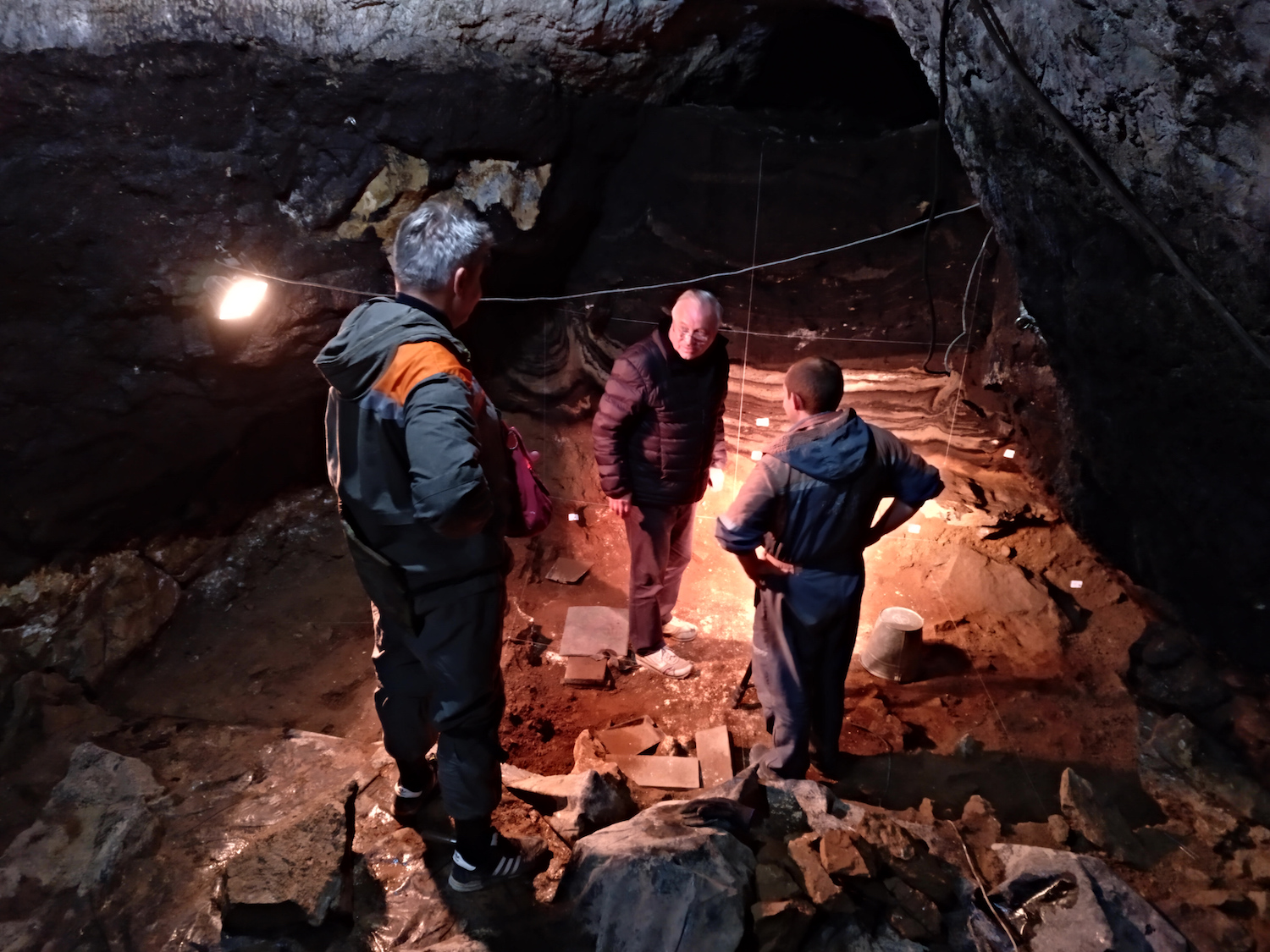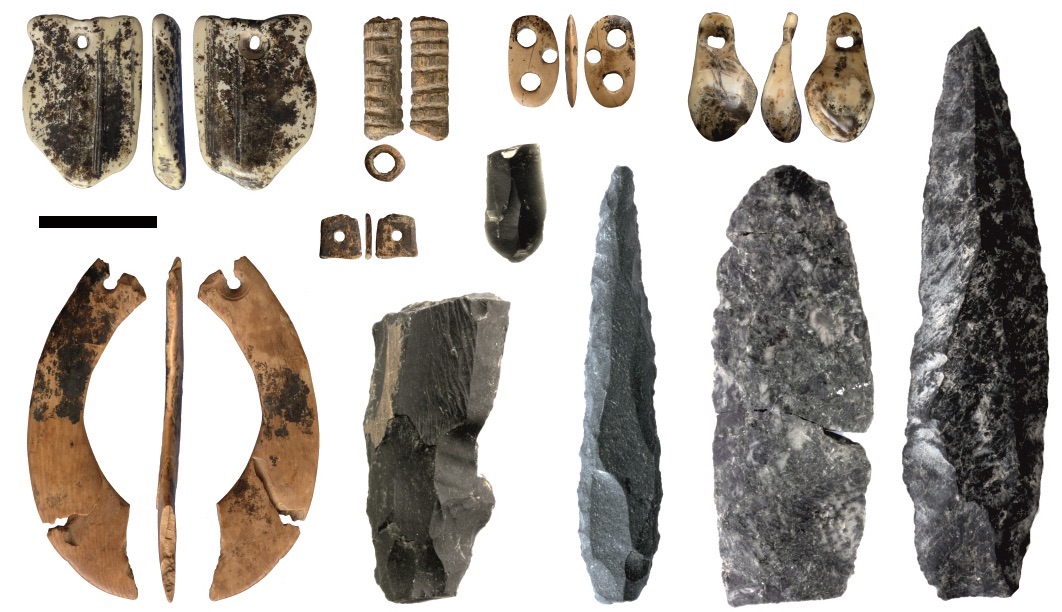Neanderthals and Denisovans Lived (and Mated) in This Siberian Cave

The Neanderthals and Denisovans — both relatives of modern humans — were roommates, literally, for thousands of years in a remote Siberian cave, two new studies find.
Back in ancient times, this cave would have been a real estate agent's paradise; it's the only place in the world that Neanderthals, Denisovans and possibly even modern humans lived in together throughout history, the researchers found.
The cave was so popular that hominins (a group that includes humans, our ancestors and our close evolutionary cousins like chimps) lived there almost continuously over both warm and cold periods during the past 300,000 years, the researchers found. [In Photos: Bones from a Denisovan-Neanderthal Hybrid]
By analyzing fossils and DNA, the researchers learned that the enigmatic Denisovans lived in the cave from at least 200,000 to 50,000 years ago, and the Neanderthals lived there between 190,000 and 100,000 years ago.

It's not completely out of the blue that Neanderthals and Denisovans mingled. In 2018, researchers published a study in the journal Nature on the bone fragment of a teenage girl who had a Neanderthal mother and a Denisovan father, the first direct evidence that the two hominin groups interbred.
The new research shows that this girl, whose remains were found in Denisova Cave, lived about 100,000 years ago, the scientists said.
Dating bonanza
Researchers have been excavating Denisova Cave, located in the foothills of the Altai Mountains in Siberia, for the past 40 years.
Sign up for the Live Science daily newsletter now
Get the world’s most fascinating discoveries delivered straight to your inbox.
In 2010, the cave gained worldwide recognition when scientists announced they had found the finger bone of a previously unknown hominin, and published its genome. They named the hominin the Denisovans (deh-NEESE-so-vans), after the cave.
However, until now, researchers had few artifacts to date, so they weren't sure exactly when the cave's inhabitants lived there. Now, two new studies reveal a chronology for the cave's inhabitants.
In one study, researchers in Australia and Russia used optical dating to determine the age of the cave's sediments. They couldn't use radiocarbon dating because that can reliably date organic objects to only 50,000 years ago. In contrast, optical dating allows scientists to find out when quartz and feldspar grains in the soil were last exposed to sunlight.
In the other study, researchers in Germany, the United Kingdom, Australia, Russia and Canada looked at the predictable decay of a radioactive carbon isotope (radiocarbon dating) to figure out the ages of bone, tooth and charcoal fragments found in the upper layers of the site; and then they created a statistical model that integrated all of the cave's newly discovered dates.
"We had to invent some new methods to date the deepest and oldest deposits and construct a robust chronology for the sediments in Denisova Cave," study co-researcher Bo Li, an associate professor at the School of Earth, Atmospheric and Life Sciences at the University of Wollongong in Australia, said in a statement.

Moreover, the new statistical model helped "incorporate all of the dating evidence available for these small and isolated fossils, which could easily have been displaced after deposition," study lead researcher Katerina Douka, an archaeological scientist at the Max Planck Institute for the Science of Human History in Germany, said in the statement. [Denisovan Gallery: Tracing the Genetics of Human Ancestors]
Even so, questions remain about the dated material in the cave. For instance, "do the human fossils derive from human occupations or from, say, carnivore activity, and have they been transported far from their original depositional location?" asked study researcher Chris Stringer, a research leader of human origins at London's Natural History Museum.
Human history
A conundrum about the cave persists: Did modern humans live there? Our species (Homo sapiens) was present in other parts of Asia by 50,000 years ago, but it's unclear whether any H. sapiens interacted with the Denisovans in the cave. That's because scientists have yet to find any fossil or genetic traces of modern humans in the cave, although researchers have found a hominin bone dating to between 50,000 and 46,000 years ago. The team couldn't procure any DNA from it, so it's unclear what species the bone belonged to.

In addition, it's possible that modern humans made some of the artifacts in the cave.
"Another open question is whether Denisovans or modern humans made the oldest bone points and personal ornaments [tooth pendants] found in the cave," Tom Higham, a professor of archaeology at the University of Oxford who worked on the radiocarbon study, said in the statement. "With direct dates of between 43,000 and 49,000 years ago, they are the earliest such artifacts known from all of northern Eurasia."
But Stringer said he would put his money on early modern humans.
"Early modern humans can be mapped elsewhere at this date, for example at Ust'-Ishim in Siberia," Stringer told Live Science in an email. "But the authors of the [radiocarbon dating] paper rather surprisingly argue that it's most parsimonious to assume that Denisovans were responsible, even though no Denisovans are yet known as late as that in the sequence.
"Only more discoveries and more research can resolve that question satisfactorily," Stringer added.
The two studies were published online yesterday (Jan. 30) in the journal Nature.
- In Photos: Neanderthal Burials Uncovered
- Photos: See the Ancient Faces of a Man-Bun Wearing Bloke and a Neanderthal Woman
- Top 10 Mysteries of the First Humans
Originally published on Live Science.

Laura is the archaeology and Life's Little Mysteries editor at Live Science. She also reports on general science, including paleontology. Her work has appeared in The New York Times, Scholastic, Popular Science and Spectrum, a site on autism research. She has won multiple awards from the Society of Professional Journalists and the Washington Newspaper Publishers Association for her reporting at a weekly newspaper near Seattle. Laura holds a bachelor's degree in English literature and psychology from Washington University in St. Louis and a master's degree in science writing from NYU.










